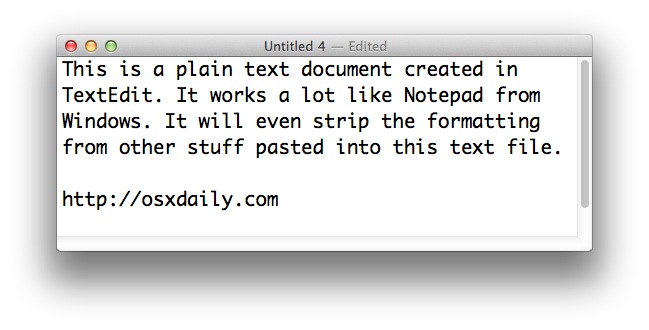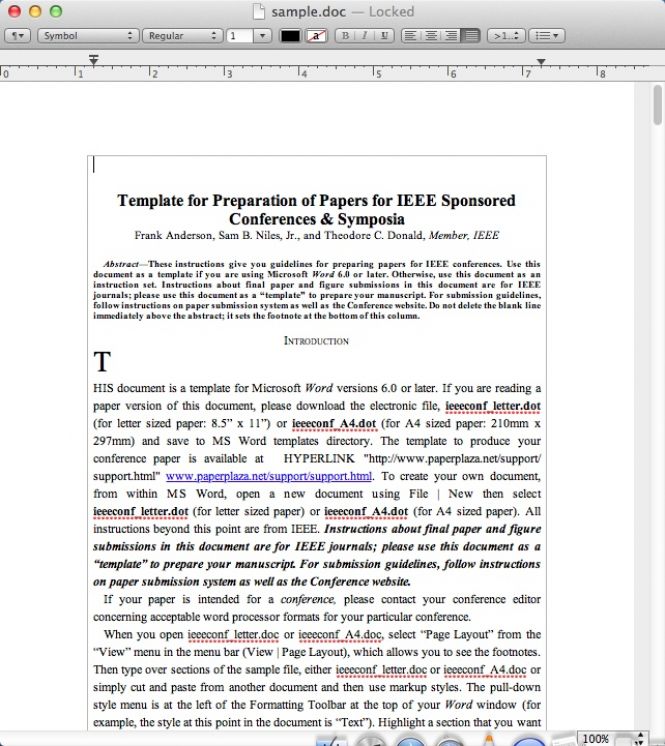Textedit For Mac Os
How to edit OS X system files with TextEdit. If needed, Apple's TextEdit program can be used to modify hidden system files.

TextEdit is a simple, open-source word processor and text editor, first featured in NeXT's NeXTSTEP and OpenStep. Download mysql for mac os. It is now distributed with macOS since Apple Inc. 's acquisition of NeXT, and available as a GNUstep application for other Unix -like operating systems such as Linux. TextPad for Mac by Helios Software Solutions has not been released yet and, therefore, can't be used on Mac computers. However, there are many similar programs that can easily edit.
| Developer(s) | Apple Inc. |
|---|---|
| Initial release | July 1996; 24 years ago with the release of OpenStep 4.0[1] |
| Stable release | 1.14 (August 18, 2018; 2 years ago) [±] |
| Operating system | Originally released for NeXTSTEP, released for Mac OS X (now macOS) after Apple's purchase of NeXT; Ported to all GNUstep systems (up to 1.6) |
| Type | Text editor, word processor |
| License | New BSD license |
| Website | developer.apple.com/library/mac/samplecode/TextEdit |
| Part of a series on |
| macOS |
|---|
From version 10.0 to version 10.15: From version 11.0: |
|
TextEdit is a simple, open-sourceword processor and text editor, first featured in NeXT's NeXTSTEP and OpenStep. It is now distributed with macOS since Apple Inc.'s acquisition of NeXT, and available as a GNUstep application for other Unix-like operating systems such as Linux.[2] It is powered by Apple Advanced Typography and has many advanced typographic features.
Implementation[edit]
TextEdit replaced the text editor of previous Macintosh operating systems, SimpleText. TextEdit uses the Cocoa text system to read and write documents in Rich Text Format (RTF), Rich Text Format Directory, plain text, and HTML formats, and can open (but not save) old SimpleText files. It also has access to the operating system's built-in spell-checking service. The version included in Mac OS X v10.3 added the ability to read and write documents in Word format, and the version in Mac OS X v10.4 added the ability to read and write Word XML documents. The version included in Mac OS X v10.5 added read and write support for Office Open XML and OpenDocument Text. The version included in Mac OS X v10.6 added automatic spelling correction, support for data detectors, and text transformations. The version included in Mac OS X v10.7 added versioning of files, and Autosave similar to iOS.
Formatted text, justification, and even the inclusion of graphics and other multimedia elements are supported by TextEdit, as well as the ability to read and write to different character encodings, including Unicode (UTF-8 and UTF-16). TextEdit automatically adjusts letter spacing in addition to word spacing while justifying text. TextEdit does not support multiple columns of text.
The high-resolution TextEdit 1.5 icon found in Mac OS X versions starting with 10.5 (Leopard) features an extract from Apple's 'Think different' ad campaign. This was replaced by a blank sheet of notebook paper in 10.10 (Yosemite).
Source code[edit]
Apple distributes TextEdit's source code as part of the documentation of its integrated development environment (IDE) Xcode. On the Internet, the source code of TextEdit can be found in Apple's Mac Developer Library.[3] The following quote is from the characteristic part of the New BSD-compliant license text included in the source code:
[…] In consideration of your agreement to abide by the following terms, and subject to these terms, Apple grants you a personal, non-exclusive license, under Apple's copyrights in this original Apple software (the 'Apple Software'), to use, reproduce, modify and redistribute the Apple Software, with or without modifications, in source and/or binary forms; provided that if you redistribute the Apple Software in its entirety and without modifications, you must retain this notice and the following text and disclaimers in all such redistributions of the Apple Software. Neither the name, trademarks, service marks or logos of Apple Computer, Inc. may be used to endorse or promote products derived from the Apple Software without specific prior written permission from Apple. Except as expressly stated in this notice, no other rights or licenses, express or implied, are granted by Apple herein, including but not limited to any patent rights that may be infringed by your derivative works or by other works in which the Apple Software may be incorporated.[…]
See also[edit]
References[edit]
- ^'Logiciels NeXT (Fr)'. Retrieved March 25, 2019.
- ^'Backbone—A GNUstep based desktop environment'. Retrieved September 4, 2007.
- ^'About TextEdit'. Apple, Inc. August 26, 2013. Retrieved August 17, 2017.
External links[edit]
| Wikimedia Commons has media related to TextEdit. |

- TextEdit in Mac Developer Library (with source code)
TextEdit is a word processor/text editor in Mac OS X Leopard that you can use to create documents, write letters, scribble notes, or open Read Me files. Although TextEdit isn’t as sophisticated as Microsoft Word (or even AppleWorks or Pages), you can definitely use the OS X TextEdit for light word processing and text editing. It’s capable of doing some (but not much) text formatting and can even check your spelling.

When you launch TextEdit, a blank, untitled document should appear on your screen. If one doesn’t, choose File –> New or use the shortcut Command+N. Before you begin work on any document, you should save it to your hard drive by choosing File –> Save or using the shortcut Command+S.
As you work with the document, it’s a good idea to save it every few minutes, just in case. After you’ve named a file, all you need to do to save its current state is choose File –> Save or use the shortcut Command+S.
Now begin typing your text. When you type text in a word processor, you should know a couple of things:
- Press the Return (or Enter) key only when you reach the end of a paragraph.
- You don’t need to press Return at the end of a line of text — the program automatically wraps your text to the next line, keeping things neat and tidy.
- Type a single space after the punctuation mark at the end of a sentence, regardless of what your typing teacher might have told you.
Textedit For Mac Os 10.13
- Word processors and typewriters aren’t the same. With a typewriter, you want two spaces at the end of a sentence; with a word processor, you don’t. (Typewriters use
fixed-width
- fonts; computers mostly use fonts with variable widths. If you put two spaces at the end of a sentence in a computer-generated document, the gap looks too wide.)

- Limit most documents to a maximum of two different fonts.
- Mac OS X offers you a wide selection of fonts, but that doesn’t mean you have to use them all in one document.
To put certain characters in your TextEdit document, choose Edit –> Special Characters (shortcut: Command+Option+T). This command opens the Character Palette, where you can choose special characters such as mathematical symbols, arrows, ornaments, stars, accented Latin characters, and so on. To insert a character into your document at the insertion point, simply click it and then click the Insert button. P0sixspwn for mac.
Text Editor Download Mac Os X
TextEdit supports images, too. Just copy an image from another program and paste it into a TextEdit document. Or you can use drag-and-drop to put an image into a TextEdit document from many applications.
Textedit Mac And Windows
TextEdit can even open Microsoft Word documents (.doc files). This is fabulous if you don’t happen to have a copy of Microsoft Word on your hard drive. Neat!
